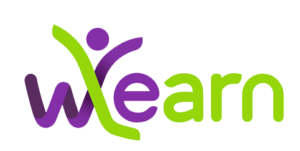WHAT MAKES US DIFFERENT
A DYNAMIC, HIGH-EXPECTATION PEDAGOGY
At Sequoia Nova, we shape independent, capable learners ready to thrive in a digital world. Our enrichment programme sharpens innovation, problem‑solving, engineering, coding, 3‑D design and robotics, ensuring every child can turn ideas into action.
MASTERY IN ACTION
Learning here is never passive. Learners engage in real-world, cross-disciplinary projects that apply design thinking and build future-ready skills, strengthening critical thinking, creativity, communication, and teamwork. Each project is a genuine opportunity to apply knowledge and move forward with purpose.
PROGRESS TRACKED EVERY DAY
We honour each learner’s pace. A skill is considered mastered only when it can be used independently and meaningfully—well beyond a single assignment.
VISIBLE GROWTH THROUGH COMPETENCY BELTS
Our competency‑belt system lets learners and families follow progress with clarity and pride. Every belt earned marks a tangible step along a motivating, easy‑to‑read pathway.
PERSONALISED, EVOLVING PATHWAYS
As soon as they are ready, learners co‑create a tailored work plan with their teacher—aligned to individual needs, rhythms and goals—so learning stays smooth, inspiring and free of bottlenecks.
THOUGHTFUL DIGITAL INTEGRATION
Technology is used with intent: tablets, digital resources and collaborative tools boost autonomy and creativity, preparing learners to navigate—and shape—an increasingly connected world.



